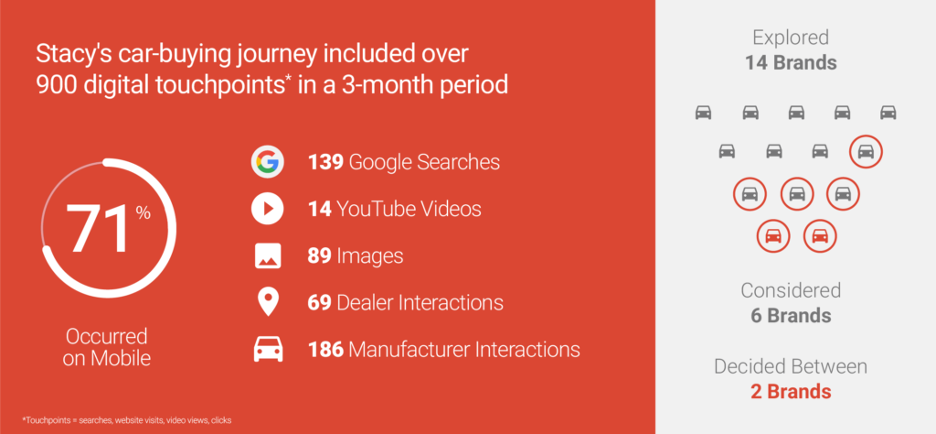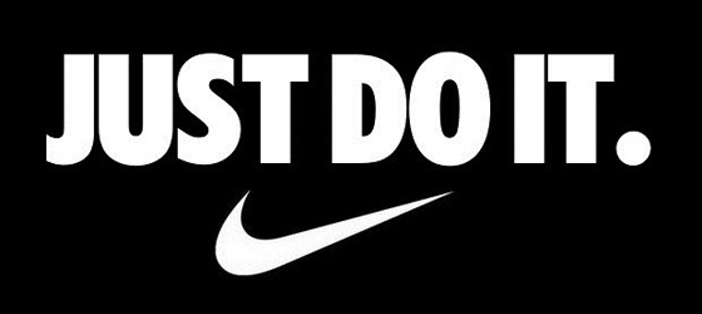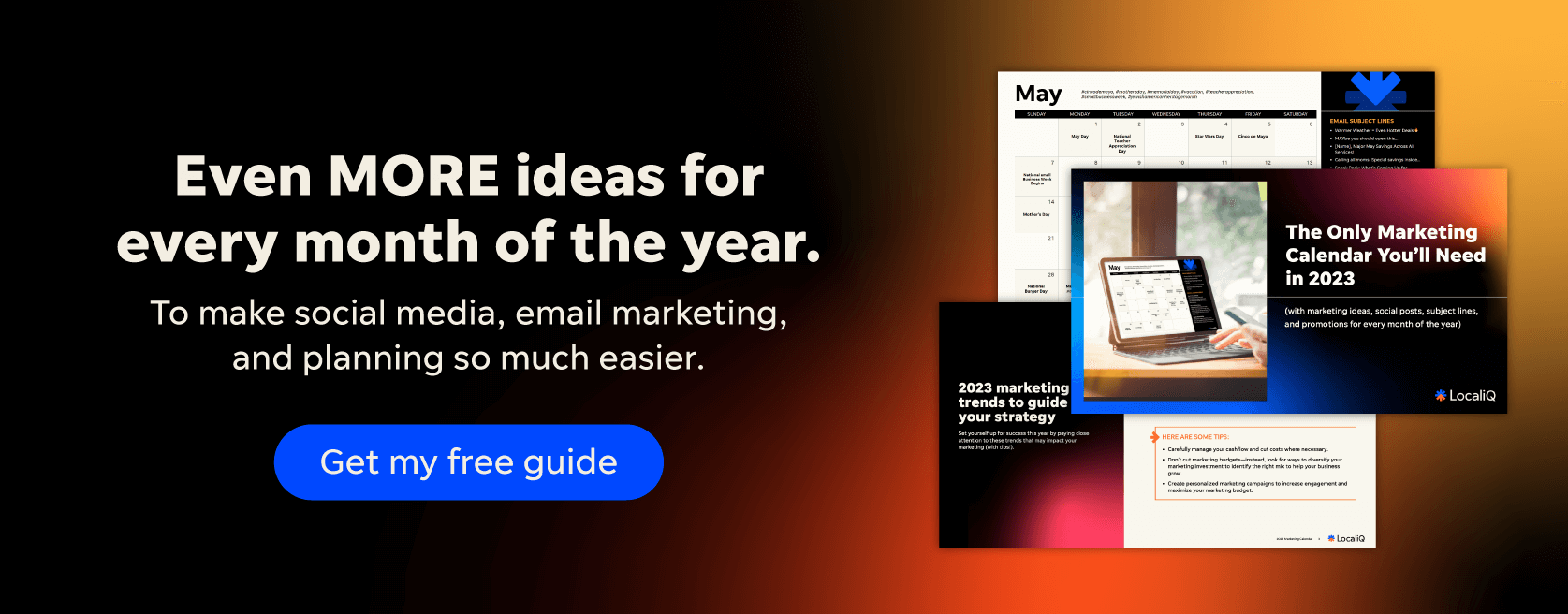- Home
- Blog
- Digital Marketing vs. Traditional Marketing: 6 Tips to Decipher the Marketing Mix Challenge
With a plethora of digital and traditional marketing mediums available — from radio, to print, to newspaper to social, PPC, SEO, content marketing, to email marketing — figuring out which strategies work best for your business can be downright confusing.
The good news is that with a little effort, determining the right marketing mix doesn’t have to be a monumental task.

Here are six marketing tips to help you get the most bang for your buck when it comes to the digital marketing vs. traditional marketing debate.
1. Understand the Difference: Traditional Marketing vs. Digital Marketing
The first step in devising the optimal marketing mix is to understand the various options available, which starts with the difference between traditional marketing and digital marketing.
What Is Traditional Marketing?
Traditional marketing, or conventional, “offline” advertising and promotions include broadcast (e.g., TV and radio); print (e.g. newspapers and magazine); direct mail (e.g. postcards and catalogs); and billboards.

Although traditional marketing is typically one way and static, it can still be a highly effective way to reach potential customers, especially for products and services with longer purchasing cycles or for local businesses/franchises that sell primarily in specific regions.
What Is Digital Marketing?
Digital marketing or online marketing refers to marketing tools primarily conducted through the web or via smart devices (phones and tablets).

Examples of digital marketing include search engine optimization (SEO), search engine marketing (SEM), social media marketing (Facebook, Twitter, and LinkedIn), websites, content marketing, email marketing, and live chat.
2. Know Your Product & Your Audience
Not surprisingly, effective marketing starts with a thorough understanding of your own product(s) or service(s), including features, benefits, and pricing. Equally important is knowing your target audience. Beyond demographical information (e.g., gender, age, location, household income), it is important to understand what motivates your customers, including the typical customer journey.
As an example, consider the impact the buying cycle has on the marketing mix for a consumer looking to buy a car vs. one looking to unclog a backed-up sink.
The typical car buying cycle takes 1-3 months. In marketing terms, this means that multiple touchpoints over a three-month period are likely required to convert a car buyer lead into a customer. With a longer lead time, an expansive marketing campaign comprised of SEO, social media marketing, email campaigns, print ads, and branded content is a reasonable mix for an auto dealer.

On the other hand, when emergency plumbing services are required, a fast response is key to new customer acquisition. In fact, research shows 50% of consumers will choose to do business with the company that responds to them first.
In this case, utilizing SEO and PPC (so customers can find you), coupled with live chat and marketing automation to enable a fast response would be an effective marketing approach for a plumbing company specializing in emergency services.
3. Know Marketing Medium Lead Times
Devising a brilliant marketing strategy is a moot point if the message is delivered at the wrong time. This means that you need to both understand the optimal timeframe to deliver your marketing message, and also the general lead times for various marketing tools so you can plan accordingly.
Typically, traditional marketing such as print, radio, and TV have much longer lead times than digital marketing counterparts.
Digital marketing can be executed in as little as a day, but it can vary based on which marketing medium. As an example, a simple social media post can be done in mere minutes, but associated landing pages and advertising copy require more planning.
Below are some general guidelines for marketing program lead times and key campaign components to consider. These lead times speak to getting campaigns running, not for seeing results.





4. Promote, Track & Refine
Once you have clarity on the various marketing tools available, understand your audience and product, and know the time requirements to implement marketing campaigns, it is time to start defining the marketing mix.
Based on my experience with both clients large and small, below is a chart that outlines recommended marketing programs based on the size or type of business.





Deciding on your marketing mix is just the start. As most successful businesses can attest to, the road to success did not happen overnight. The same is true for successful marketing strategies. Once marketing programs are implemented, tracking is the next step.
Tracking results go hand in hand with marketing success. After all, you can’t fix what you don’t track. But tracking results to ultimately fine-tune marketing campaigns requires more than basic demographic data.
This is especially true in competitive industries (like healthcare, grocery, retail, real estate, and home services). For these businesses, a more granular view of prospective customer’s unique preferences, including web-browsing behavior, app usage, video plays, life events, and product interests is now required.
Armed with this level of deep marketing insight, you can trade outdated, one-size-fits-all promotions for customized ones that deliver the right message, at the right time, and via the right marketing medium.
Sounds like a lot of work, right? Well unless you are a large business with an unlimited marketing budget and resources, the most cost-effective way to get to this data is through your advertising and marketing partners. These are the companies that you are working with any way to place your promotions with.
Look for advertising and marketing partners that offer a breadth of insights and data intelligence to help you understand your target audience better, and that offer cross-platform campaigns on multiple marketing platforms.
5. Repeat, Repeat, Repeat
Successful companies all have one thing in common: a repeatable marketing strategy that brings in results. Attaining successful repeatable marketing takes time and requires continual experimentation to determine what works. Repetition is not rocket science, but it is powerful and proven. To illustrate the power of repetition, how many of these phrases do you recognize?
- Got milk?
- Think different
- I’m lovin’ it
- Because you’re worth it
- It’s finger lickin’ good
- Just do it

You can probably name at least a few of the companies or products associated with these slogans. What you may not realize, however, is that the companies behind these marketing messages have spent countless hours and millions of dollars over many years to get these slogans in your head.
Even if your business does not have unlimited marketing resources, tapping into the power of repetition can be done on a smaller scale thanks to advanced marketing technology.
6. Make It Consistent
Whatever marketing programs you deem best for your business, consistency is key. Underscoring this sentiment, according to Saleforce.com, 75% of consumers expect consistent experiences across multiple channels (web, mobile, in-person, social), with 73% likely to switch brands if they don’t get it.
This means that ensuring a seamless, personalized, and consistent experience is critical to giving your business a competitive edge. Current and future customers want experiences that are seamless, personal, and can easily translate from device to device, product to promotion, and online and offline.
So what’s the next step? Great marketing is both a science and an art, and a healthy dose of trial and error. Start with the tips in this post and don’t be afraid to experiment.
Related Articles
-

The 12 Most Effective Home Services Promotion Ideas
-

9 Bold Brand Awareness Campaign Examples (+Tips for Yours)
-

40 Best Real Estate Call-to-Action Phrases to Convert Buyers, Renters, or Sellers
-

17 Tried & True Promotion Ideas to Boost Sales
-

94 Spring Marketing Slogans & Examples for Refreshing Results


